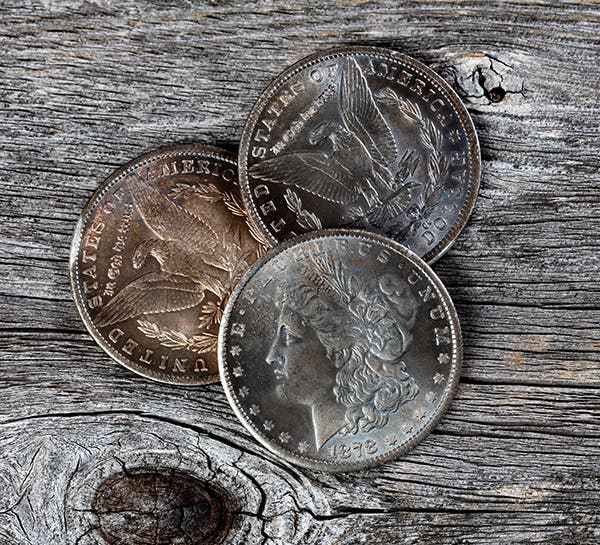Design change led to 1867 Shield nickel pair
For whatever reason, we do not seem to pay a lot of attention to Shield nickels. In fact, if asked, many would have a tough time even suggesting which are…
For whatever reason, we do not seem to pay a lot of attention to Shield nickels. In fact, if asked, many would have a tough time even suggesting which are the key dates for this series. While not one of those key dates, the 1867 is certainly a very interesting example. In fact, there are a pair of 1867 Shield nickels!
At the time, there was a rush to produce as many Shield nickels as possible. The Civil War was over, but many problems were far from over. There were no silver or gold coins in circulation, for example, as they had vanished into hoards long before 1867. Also, the Mint was trying its best to strike enough coins so that small change could be made without the use of Fractional Currency, which had never been popular with the public.
The Shield nickel, with its copper-nickel composition, had made its debut in 1866. It seemed to be one of the logical coins to solve the above problems, as it saved carting around assorted paper lower denominations. That probably explains why, even after a mintage of 14,742,500 in its first year, another large output was planned for 1867.
There was, however, one sticking point with the new Shield nickel: It had been very tough on dies. We can see evidence even on top-grade examples of dies cracking and having other problems. The belief was that in order to get the design to come up right, a high degree of metal flow was required, and that was apparently a problem with the composition. It must be remembered that even though there had been copper-nickel cents, the new Shield nickel and three-cent pieces were a different alloy. The Shield nickel also had a more complicated design than the three-cent piece or the earlier cents.
While the decision was pending to eliminate the rays on its reverse, production continued, with a total of 2,019,000 pieces struck. That total makes the 1867 Shield nickel with rays the better date today, with a price of $37 in G-4 condition, well above the more available 1867 without rays price of just $18.50.
Premiums continue in upper grades. An MS-60 1867 Shield nickel with rays lists for $330, while the 1867 without rays is at $150. In MS-65, the price is $3,850 for with rays and $825 without rays (one of the very few Shield nickel dates listed at less than $1,000 in that condition). It’s worth noting the challenge of finding an 1867 in MS-65 condition, as die problems make top-quality examples more elusive than the mintage might suggest.
Proof coins are trickier. The chief coiner is understood to have said that there should be no proof production since a design change was coming. Someone ignored him, however, and produced a small number of proofs. We cannot be sure of the total, although most thinking today puts it at about 35.
It could have been more, as the Professional Coin Grading Service alone has graded 46 1867 Shield nickels with rays as proofs. Some were most likely submitted more than once, but even so, the believed total of 35 may be low and the current price of $75,000 may be high.
After the rays were eliminated, the need for still more nickels can be seen by a mintage of 28,890,500 pieces without them. Combining the 2,019,000 mintage for the with rays type shows more than 30 million Shield nickels struck in 1867. This was an enormous total for any denomination other than a cent.
Most people can easily afford an example of each type of 1867 Shield nickel. This is a solid choice, as they are historic coins from a time of emergency that helped get the channels of commerce (which had been so badly disturbed by the Civil War) back to normal as the nation recovered from the conflict.
This article was originally printed in Numismatic News. >> Subscribe today.
More Collecting Resources
• Are you a U.S. coin collector? Check out the 2018 U.S. Coin Digest for the most recent coin prices.
• The Standard Catalog of World Coins, 1601-1700 is your guide to images, prices and information on coins from so long ago.








